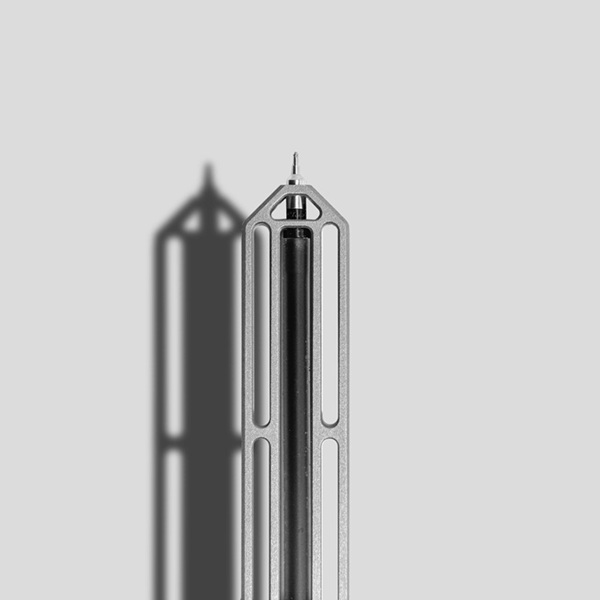
If you are seeking an eco-friendly and hygienic alternative to traditional portable toilets for camping, an incinerator toiled can be a revolutionary solution for you. This toilet type is perfect for off-grid adventures. Let us enlighten you with the technical details. An incinerator toilet is a system that burns human waste to ash using high temperatures. With this feature, incinerating toilets eliminate the need for water, chemicals, or a sewer connection.
During your camping trip, you will need portable and compact gear and equipment. Designed to be compact and efficient, incinerator toilets offer a hassle-free way to manage waste responsibility while reducing environmental impact.
How Does an Incinerator Toilet Work?
An incinerator toilet is an odorless, eco-friendly solution for waste management. So, it is an excellent choice for camping and off-grid living. Unlike traditional systems, these toilets use high temperatures to incinerate waste. After the incineration process, only a small amount of sterile ash is left.
Thanks to the advanced design of the incineration toilet, you will not have to worry about unpleasant smells or messy disposal methods. We would like to add that this system prioritizes convenience and sustainability. Below, you can see a quick summary of how an incinerator toilet for RV works.
Waste Collection
When you use an RV incinerator toilet, waste is deposited into a sealed combustion chamber. This chamber is designed to be odor-proof, ensuring a clean and comfortable environment.
Activation of the Incineration Process
After use, you can activate the incineration process by pressing a button or using a foot pedal, depending on the model. The system heats the chamber to extremely high temperatures, typically between 500°C and 700°C, reducing waste to sterile ash. This process is powered by electricity, gas, or propane, making it versatile for different camping setups.
Odorless Operation
The combustion process includes a ventilation system that neutralizes odors and releases only clean air. Advanced filters and exhaust mechanisms ensure that no unpleasant smells escape during or after incineration.
Ash Disposal
Once the cycle is complete, all that remains is a small amount of ash, which you can easily dispose of. This ash is non-toxic and can be discarded without harming the environment.
Incinerator Toilet Types for Camping
When it comes to camping, finding the right incinerator toilet can enhance your outdoor experience by ensuring comfort and cleanliness. These toilets come in various designs and functionalities. Therefore, each design caters to different needs and camping steps.
Portable Incinerator Toilets
Portable incinerator toilets are lightweight and compact. Therefore, these toilets are ideal for campers who frequently move between locations. In addition, these models are easy to transport and typically run on propane or battery power.
Stationary Incinerator Toilets
For campers who set up a basecamp for extended periods, stationary incinerator toilets offer a more permanent solution. These models are larger and often provide higher capacity. So, if you are a group of campers, stationary incineration toilets are ideal for you.
Dual-Fuel Incinerating Toilets
If flexibility is a priority, dual-fuel incinerator toilets are a versatile choice. These models can operate on multiple power sources, such as electricity and propane. So, these propane and electricity-incinerating toilet types can be adaptable to various camping conditions. You can switch between fuel options depending on your location and available resources.
Solar-Powered Incineration Toilets
Eco-conscious campers may prefer solar-powered incinerator toilets, which harness energy from the sun to power the incineration process. While these models may require ample sunlight to operate efficiently, they eliminate the need for traditional fuel sources.
Maintenance of Incinerator Toilets
An incineration toilet typically takes 30 to 60 minutes to fully incinerate waste, depending on the model and the amount of waste. While these systems are designed to be efficient and durable, they require regular maintenance to ensure optimal performance and longevity.
To keep your toilet clean and well-maintained, there are steps to follow:
Regular Ash Disposal
After each incineration cycle or as needed, you can remove the ash tray to dispose of the sterile ash. This small amount of residue is easy to handle and should be discarded responsibly.
Cleaning the Combustion Chamber
Over time, residue from frequent use can accumulate in the combustion chamber. Periodic cleaning with a soft brush or cloth can help you maintain efficiency. You should avoid using abrasive materials that may damage the chamber lining.
Checking the Ventilation System
The ventilation system of the camper incinerator toilet ensures odor-free operation, so keeping it clear is essential. You can inspect the exhaust pipes and filters regularly to ensure there are no blockages. Cleaning or replacing filters as recommended by the manufacturer can prevent odor or smoke issues.
Inspecting the Power Source
Depending on your model, you should regularly check the power source, whether it’s propane, electricity, or solar panels. For gas-powered models, ensuring a proper connection and sufficient fuel supply is crucial. Solar-powered models may require cleaning the panels to maintain efficiency.
General System Inspection
Periodically, you can perform a full inspection of your incinerator toilet to check for signs of wear or damage. Tightening any loose parts and addressing minor issues early can help you avoid costly repairs in the future.
Advantages and Disadvantages of Incinerator Toilet for Campers
An incinerator toilet offers a modern solution for waste management, particularly appealing to campers seeking cleanliness, convenience, and sustainability. However, like any technology, these toilets come with both benefits and limitations.
Advantages
- Odorless Operation: The advanced ventilation system ensures that waste is incinerated without producing unpleasant odors.
- Eco-Friendly Design: These toilets reduce environmental impact by eliminating the need for water or harmful chemicals.
- Compact and Portable Options: Many models are lightweight and easy to transport, making them ideal for camping trips.
- Minimal Waste: The incineration process reduces waste to a small amount of sterile ash, which is easy to dispose of.
- Off-Grid Capability: With power options like propane, solar, or batteries, these toilets are suitable for remote locations.
Disadvantages
- High Initial Cost: The advanced technology of these toilets can be expensive compared to traditional camping toilets.
- Fuel or Power Dependency: These toilets require a consistent energy source, which might be challenging in some off-grid settings.
- Long Incineration Time: The process can take up to an hour, which might be inconvenient for large groups.
- Maintenance Requirements: Regular cleaning and inspection are necessary to keep the system functioning effectively.
- Limited Capacity: Depending on the model, the capacity may be insufficient for extended trips with multiple users.















